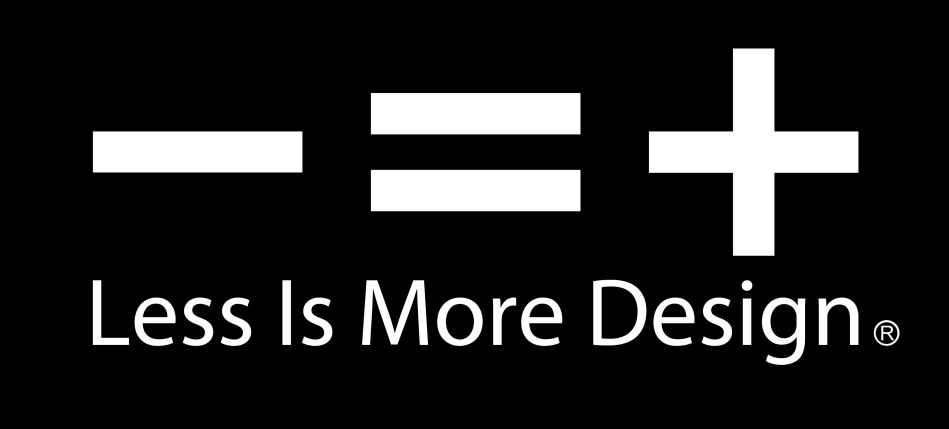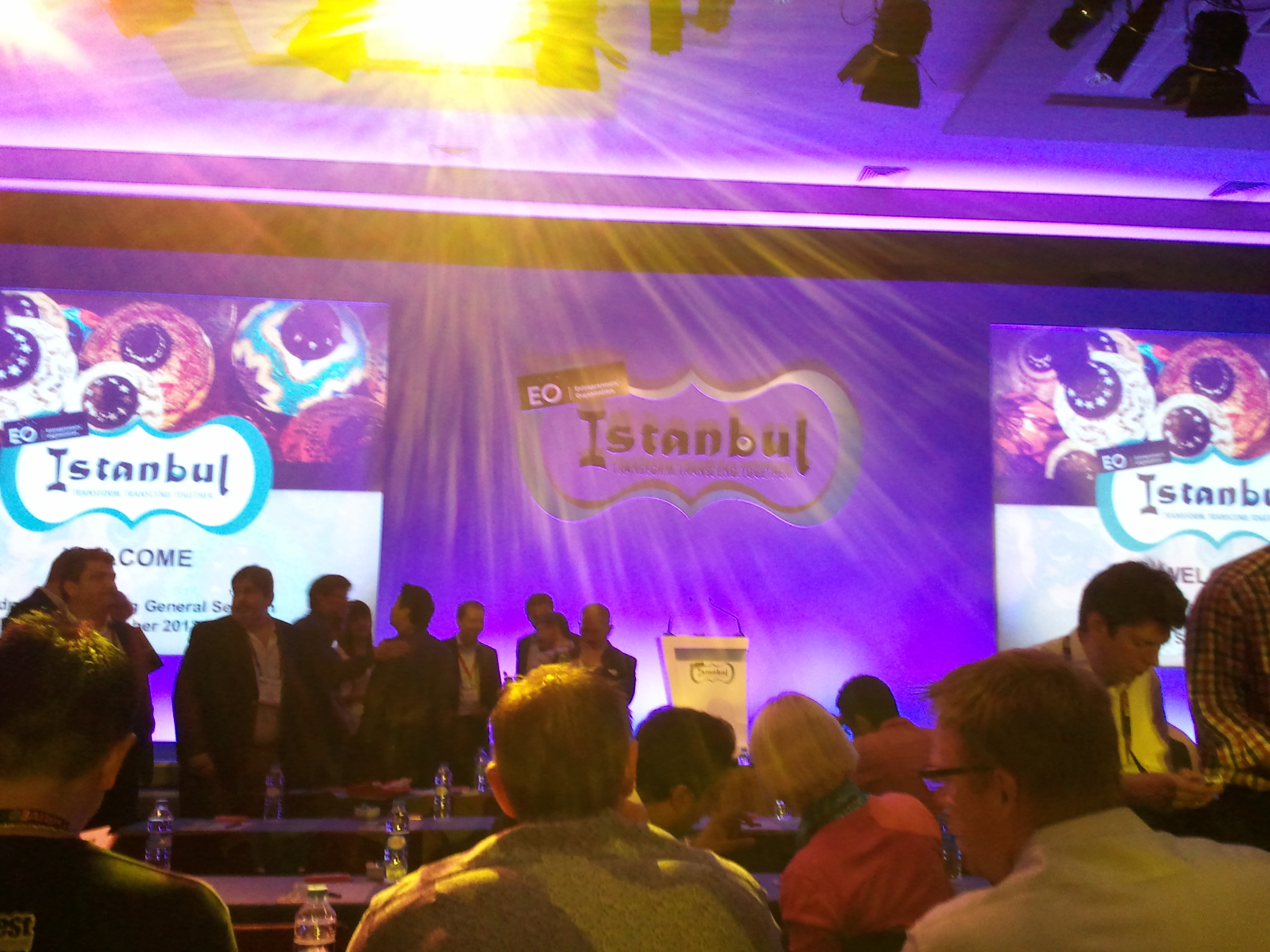Offering Less to Be More
In business, we often strive to make all of our customers happy by being good at every feature or service we offer them. The problem is that being good at a lot of things makes it difficult to be great at any one thing. Why do we do this? We think we can excel in any one area when the reality is we are just good or average in all areas. Have you ever thought about trying to be bad at something you do so that you can grow your business and increase your market share?
 What if I was a bank and decided to offer the lowest rates on deposits in all my markets? What if I did this, so I could be the best at customer service? I could stay open 7 days a week and as late at 8:00pm on weekdays. I would hire people based solely on attitude because hiring on both attitude and aptitude is too expensive. I would do this knowing that not having aptitude, your people couldn’t offer 20 plus types of checking accounts and highly complex financial instruments. Would you think my bank could even grow or see the stock price go up if I made those changes?
What if I was a bank and decided to offer the lowest rates on deposits in all my markets? What if I did this, so I could be the best at customer service? I could stay open 7 days a week and as late at 8:00pm on weekdays. I would hire people based solely on attitude because hiring on both attitude and aptitude is too expensive. I would do this knowing that not having aptitude, your people couldn’t offer 20 plus types of checking accounts and highly complex financial instruments. Would you think my bank could even grow or see the stock price go up if I made those changes?
Well that is exactly what happened to Commerce Bank, which became the fastest growing retail bank in America. They saw their stock price go up 2000% in the 1990s. Commerce Bank made a key strategic decision to deal with a huge sticking point in the industry. They talked to consumers and learned one major concern was that banking hours sucked. They decided to open at 7:30am and not close until 8:00pm, and they kept the teller window open until midnight on Fridays. They also maintained full service hours on the weekends. While they did this, they sampled the marketplace to ensure they had the lowest deposit rates out there, and if they did not, they would lower them until they did.
Commerce Bank realized that in order to have the resources necessary to be really great at something, they needed to be bad at something else. Why? Because being good at everything takes resources, and to be great at something you need to redirect those resources to focus on the things that will make you great. Commerce Bank understood that they money they saved on low deposits gave them the money to fund their longer hours of operations. They discovered that to have the best customer service people and afford them, they needed to sacrifice on aptitude and reduce the complexity of their products, offering only limited financial products.
You can read more details from this example, along with others, in Frances Frei’s book “Uncommon Service.” It shares many examples of companies that sacrificed in one area to be great in another. This book is an important read for making strategic decisions that impact your features and benefits given the resources you have. They discuss creating an Internal Attribute Map to figure this out.
We haven’t done this yet at Efficience, but I am adding it to the agenda for our annual meeting. We need to discuss what we can take away, so we can prop up a key area that makes us stand out in the marketplace.
What you going to drop, reduce, or eliminate to make your offering or service excellent?






